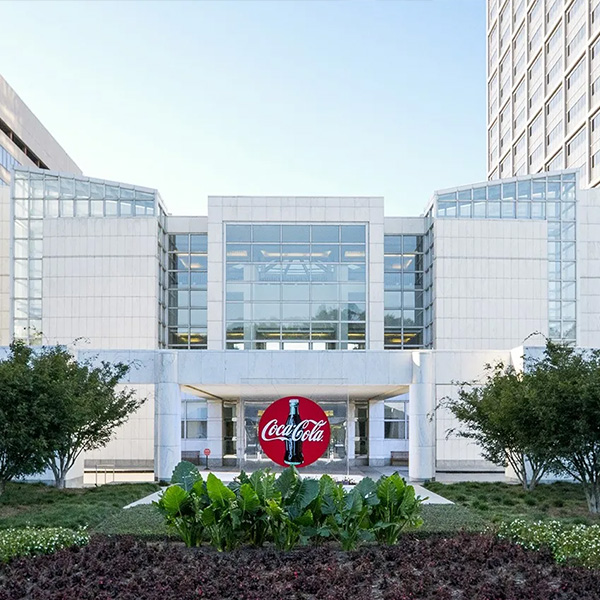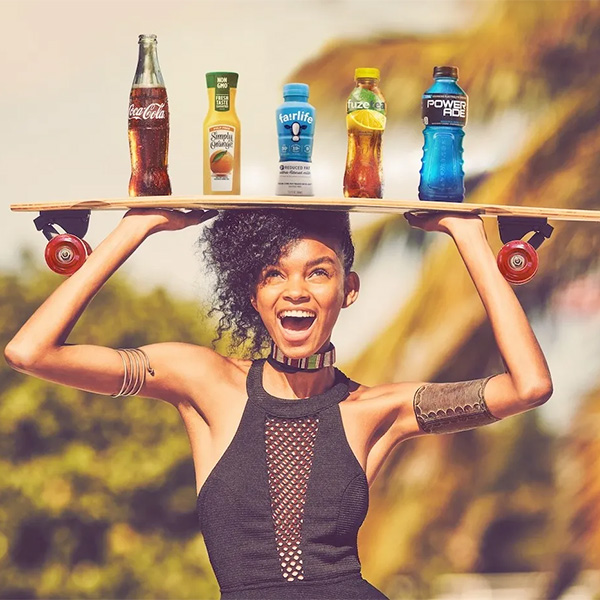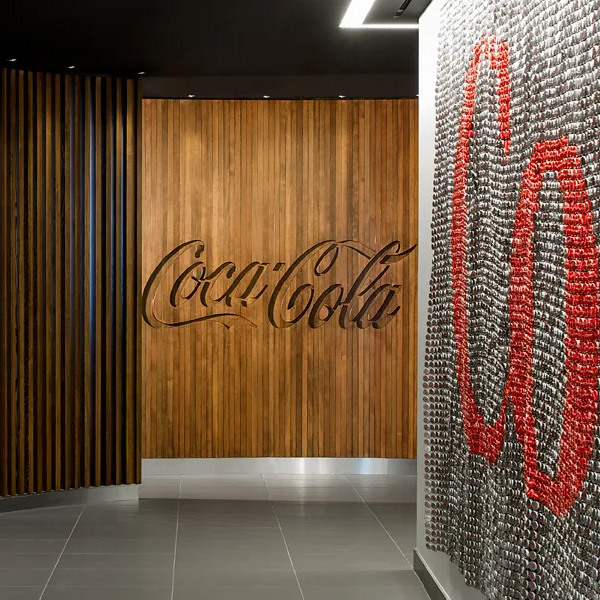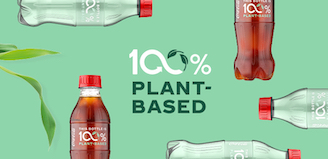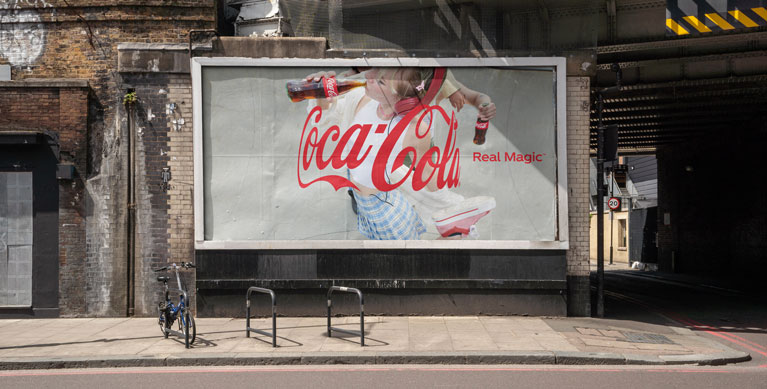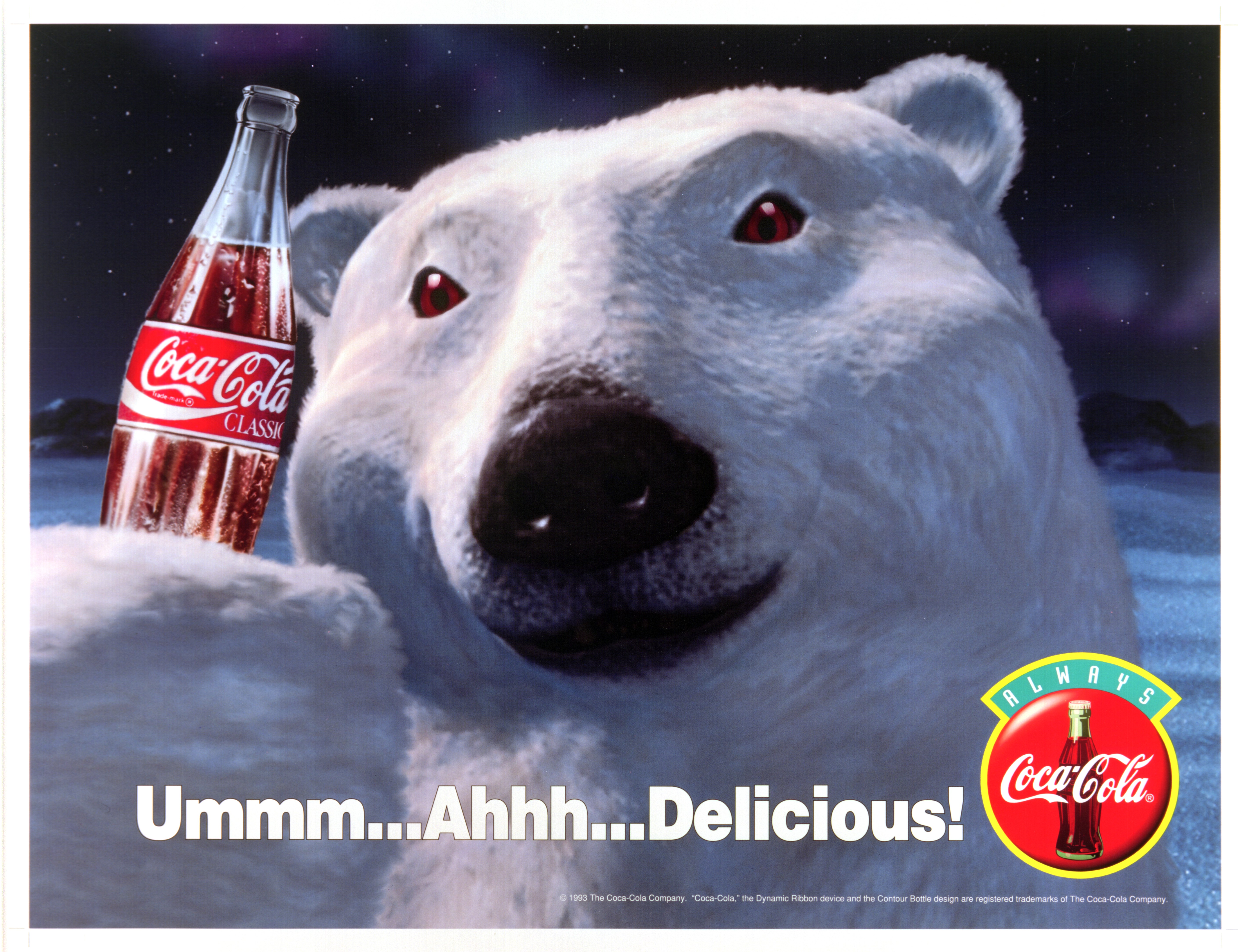
Coca‑Cola's Polar Bears
An Enduring Legacy
Coca‑Cola’s first polar bear print advertisement appeared in France in 1922, and for the next 70 years, polar bears appeared sporadically in print advertising. In 1993, The Coca‑Cola Company made a dramatic shift in its advertising by introducing the "Always Coca‑Cola" campaign. The campaign by Creative Artists Agency and later Edge Creative was diverse in nature, with an initial run of 27 commercials designed to appeal to specific audiences. The ads ran around the world and included a variety of innovative technical approaches, such as computer animation.
One such commercial, "Northern Lights," introduced what would become one of the most popular symbols of Coca‑Cola advertising, the animated polar bear.
A Puppy Brings a Polar Bear to Life
When asked to develop an innovative commercial for Coca‑Cola, creator Ken Stewart thought about drinking Coke at the movies. As a puppy, Mr. Stewart's Labrador Retriever had resembled a polar bear. Mr. Stewart saw his dog, thought about polar bears and how they would go to the movies, and the idea for "Northern Lights" was born. In the commercial, the polar bears watch the aurora borealis (the "movie") and drink from bottles of Coca‑Cola.
In the commercial, the polar bears watch the aurora borealis (the "movie") and drink from bottles of Coca‑Cola.
Mr. Stewart enlisted the help of animation company Rhythm & Hues to animate the ads. Using "space-age" computers and state-of-the-art graphic programs, each ad took some 12 weeks to produce from beginning to end. A lengthy, complex process is required to bring the furry, always thirsty Arctic creatures to life. As with all television commercials, the undertaking began with storyboards. With each commercial encompassing only 30 seconds, the animation mirrors scenes taken from previously created storyboards illustrated by Eugene Yelchin, working with Mr. Stewart and CAA. In this way, each second of the action is accounted for. Once the storyboards were completed, Mr. Stewart and Rhythm & Hues created pencil sketches of the polar bears, defining how the bears would appear in each scene. The sketches then were refined to add detail and background.
Next, Mr. Stewart and the animators studied films and photos of actual polar bears to get a better idea of how bears move their heads, bodies and limbs, so they could incorporate these movements into the commercials.
To get the bear into the computer, Mr. Stewart and Rhythm & Hues employed a sculptor to create a three-dimensional representation of the bear's head in clay. The model then was transferred into three-dimensional images and stored in advanced computer graphics software. The images were constructed by creating a grid of vertical and horizontal lines on the bear model. An animator, using a stylus connected to a computer, actually plotted the points along the body of the model until a schematic of the bear appeared on the computer screen. Once the image was refined and loaded into memory, the bear could be "moved," allowing it to walk, run, ski, luge or ice skate.
"Movement" for the bears was created as animators plotted the bear's course on the computer. In addition to manipulating the bear's torso, the head and the limbs had to be moved separately since the computer-generated-bear was not attached in one piece like a real bear. During this step, the fine motor movements also were completed.
Additional elements that were not computer-generated - such as a Coca‑Cola bottle - were scanned and stored in the computer and were added at this point. Once the basic movements were completed, the rest of the picture was refined. Fur was added, eyes were completed, background was "painted in" and the lighting details - intricate lighting complete with reflection and shadows - were fine tuned.
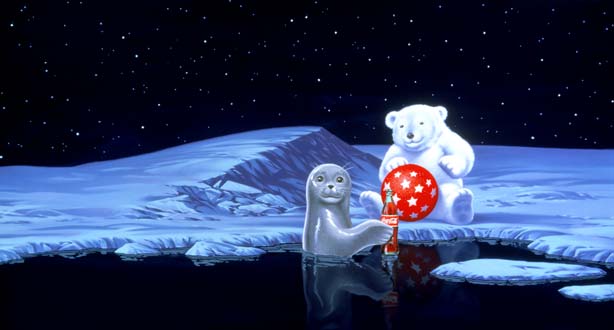
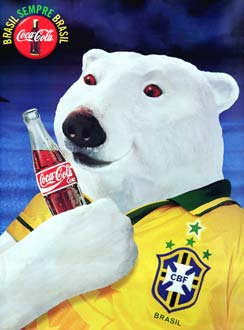
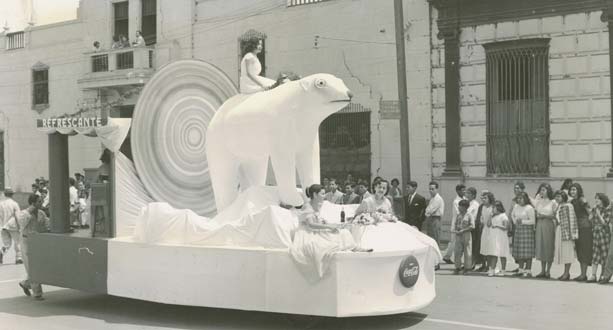
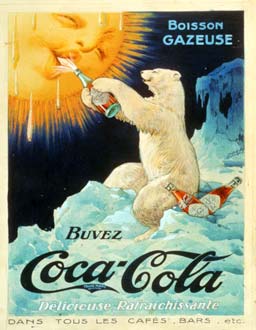
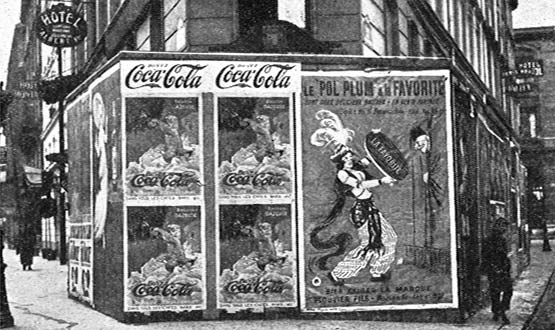
- Seal
- Brazil
- Carnival
- Sun <3
- Posters
While the animation was in production, Mr. Stewart also worked with Glenn Rueger at Outside Music to compose original music, and created sound effects with Weddington Productions. To maintain the magical and ethereal quality of the world of the bears, Mr. Stewart kept the music to a minimum. He used the synthesized music as a source of punctuation only, and kept the bears dialogue-free, except for the notable "oohs," "ahs" and grunts, which were created by Mr. Stewart on a sound stage using his own voice, which then was altered through a computer to make him sound like the bears. The music and "dialogue," which were minimal by design, required months of work.
"That's really what we were trying to do - create a character that's innocent, fun and reflects the best attributes we like to call 'human'," said Mr. Stewart. "The bears are cute, mischievous, playful and filled with fun."
Once the final elements - music, sound effects and animation -- were finished, Mr. Stewart brought them together during the final edit and the magic of the bears was born.
There have been many polar bear television spots since the 1993 debut, including two commercials for the 1994 Olympic Games in which the bear slid down a luge and soared off a ski jump. Bear cubs also were introduced in a holiday ad in which the bear family selects its Christmas tree.
